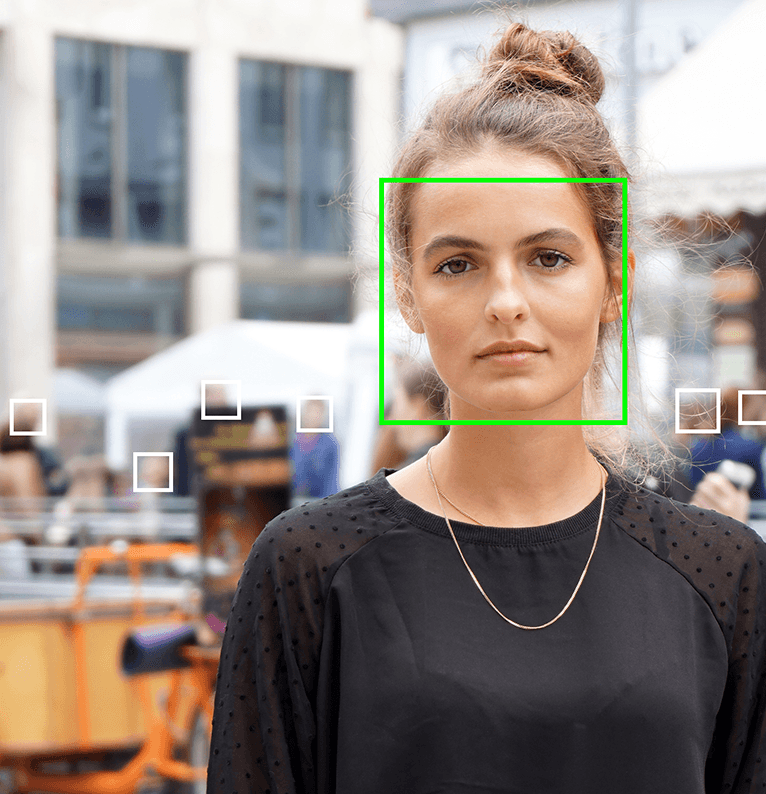Online authentication: what exactly is a digital identity?
You are who you say you are as long as you can prove it. Then you may access services. This is why you present your ID card to the bank clerk, show your badge when you enter the office building or your social security card when you check in with a new doctor. This is how it is and it has been working for hundreds of years (with small “hiccups” on the way, of course). But how could we prove who we are or trust someone else’s identity in a world where we are not physically present?

Electronic identification in a few simple words
With an increasing number of online transactions every day, a large part of our daily chores happens in online and this is a relief. It is easy, convenient and time saving. We can become a client without visiting the bank, validate financial transactions without seeing any clerk, ask for papers and submit our tax declaration in a couple of clicks. Unfortunately and for obvious reasons, the traditional physical paper system to prove identity is not of much use in the digital world. Therefore, a similar process to identify ourselves and others in online has been developing, getting fine-tuned with every technological breakthrough.
Prove your identity online with a trusted electronic identification
Proving our real identity in online bears the name of electronic identification. More formally, and according to European Commission, “electronic identification (eID) is one of the tools to ensure secure access to online services and to carry out electronic transactions in a safer way.” We are all used to perform logins every day, usually with the help of a username and password, but eID carries additional information about the actual person behind that login that certifies the identity of the respective user.
How does this authentication work in practice?
1. Registration in a database via a certified supplier
First, you have to enroll in an electronic identification database belonging to an eID provider (a third party that verifies your identity and secures your digital identity). This can happen in person or online, by providing a proof of your identity (such as scanned documents or identity papers) and filling in a request form.
2. Electronic certificate reception once the digital identity has been created
After validating your identity, the eID provider issues you what the industry professionals call an electronic certificate (which is basically your electronic identity). This certificate contains different classes of information related to your identity, certificate provider and the certificate itself that are used to prove your identity when performing different online operations.
At the same time, the eID provider equips you with a hard device (such as a token, smartcard, signing stick etc.) or a digital tool (e.g.: mobile app) depending on your initial request and needs. This device (or app) is associated with your newly created electronic certificate, i.e. electronic identity, and it has multiple goals. On the one hand, it facilitates the use of your electronic identity in various contexts. On the other hand, it protects your electronic identity. You also secure your electronic identity with a personal password and username, that you must keep confidential at all time.
Where can you use your digital identity?
Digital identity has a wide array of applications in both private and public sectors, depending only on each country’s level of digitalisation and users’ digital savviness. It can be used or required to sign electronically digital documents, to access government’s or banking systems, to check one’s medical records, to file taxes, to purchase public transport ticket or i-voting. Digital identity documents include ePassports (ePP), national eID cards, electronic residence permits, multi-application cards.
What stage of adoption in Europe?
Many European countries are investing in creating national digital identity systems that enable citizens to prove their identity to an information system. In Europe, Estonia leads the way with approximately 1.2 million eID smartcards issued for an eligible population of 1.3 million citizens. Luxembourg has also started to introduce and propose eID cards to ID card applicants. You can learn more here.
What future for digital identity?
The use of eID will continue to increase as technologies and needs develop, but do not throw away just yet your paper IDs. Just as the radio did not go extinct with the appearance of television, and the latter did not die with the invention of the Internet, the paper IDs will still continue to exist. What is certain is that we experience a transformation of old concepts and habits which opens the door to new opportunities.
LuxTrust, a trusted player for digital identity solutions
For 15 years, LuxTrust has been providing trusted electronic identity to almost all of Luxembourg’s population and abroad, enabling hundreds of thousands of people to carry out their digital transactions every day in a secured, private and compliant way. You can find out more about our eID services here.